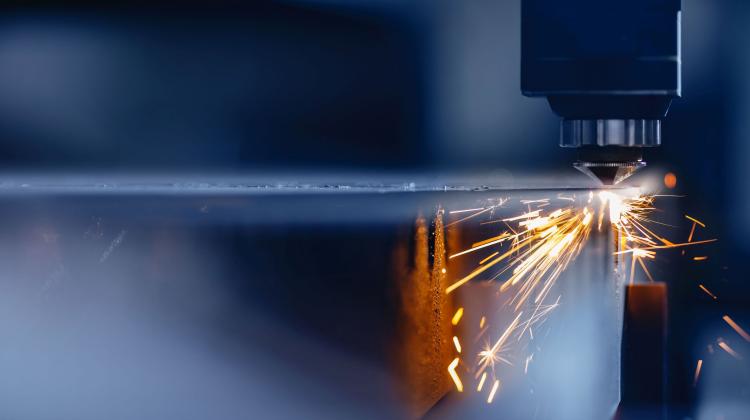Scientists at Opole University of Technology research aviation metal for use in implants
 Credit: Adobe Stock
Credit: Adobe Stock
Scientists at the Opole University of Technology will conduct research on hybrid drilling in metal alloys used in aviation and for the production of medical implants.
Dr. Rajesh Jesudoss Hynes Navasingh joined the team of scientists from the Opole University of Technology. The expert from India will conduct research on hybrid machining of the Ti-6Al-4V alloy, used not only in aviation but also in orthopaedics for the production of implants used to replace diseased knee or hip joints.
Jarosław Szyszka, Medical Director at the Opole Rehabilitation Centre in Korfantów, where arthroplasty has been performed for many years, told PAP that research in the field of new technologies was widely used in medicine.
He said: “Titanium alloys are used in orthopaedics due to their excellent mechanical properties, corrosion resistance and good biocompatibility. The endoprosthesis surface should be perfectly smooth to minimize friction between its components, and porous on the side in contact with the bone tissue to facilitating osseointegration.
“The Friction Stir technology is used, for example, to modify the metal surface and create a fine-grained structure of the endoprosthesis, which facilitates the adhesion and bone tissue ingrowth into the implant. This method can significantly increase the survival of implants in the human body.”
According to Szyszka, despite the high quality of both processing methods and materials currently used for the production of implants, the technology certainly has not said its last word in this field.
He said: “If we are talking about potential problems resulting from the use of various types of implants in medicine, I should mention ions of some metals, which may cause allergic or toxic reactions in some patients, as well as the permanent connection of a metal part with the bone.
“Of course, the development of medical technology is rapid and today it is difficult to say what our work will look like in a few years and what materials and devices we will use. Therefore, any research that may benefits patients is accepted by us, practitioners, with great hope.”
Dr. Rajesh Jesudoss Hynes Navasingh, is among the two percent most influential scientists in the world, an author of 12 patents and winner of international awards. He is an editorial board member for 10 international journals and a reviewer for many international journals/conferences indexed by SCI/Scopus. His stay at the Opole university is possible thanks to the support of the Ulam Programme of the Polish National Agency for Academic Exchange.
PAP - Science in Poland, Marek Szczepanik
masz/ joz/ kap/
tr. RL
Przed dodaniem komentarza prosimy o zapoznanie z Regulaminem forum serwisu Nauka w Polsce.















